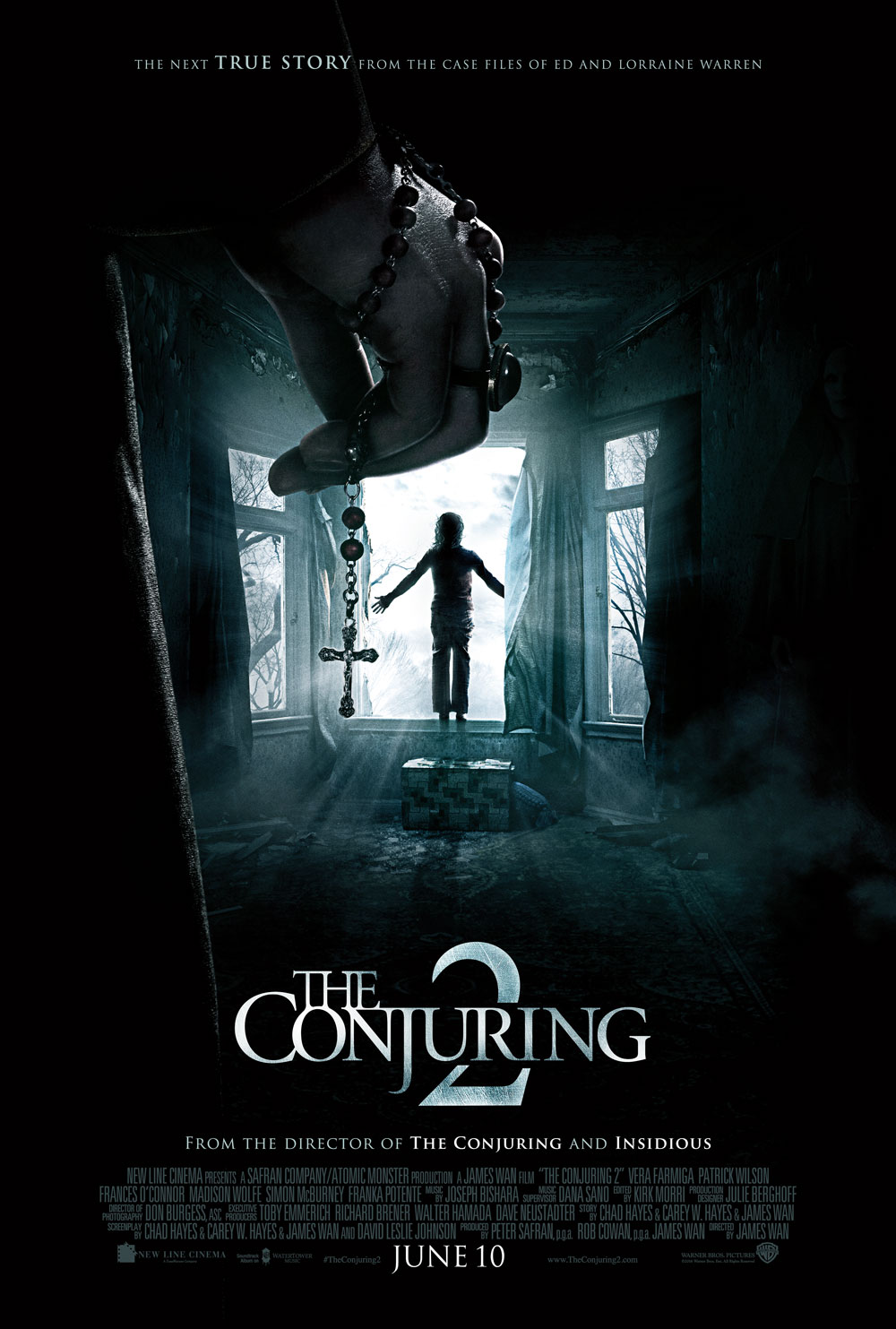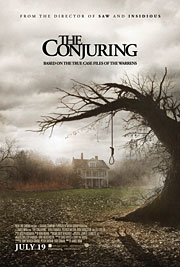Movie Review: “The Conjuring 2”

Horror sequels like “The Conjuring 2” are a dime a dozen, but director James Wan’s sequel manages to capture the spirit of the first film – hitting some familiar beats along the way – and takes the series and its two protagonists in a chilling new direction. What stands out about this franchise is that it’s not so much the scares that draw you in, although Wan does accomplish that, but rather its lead characters the Warrens.
The sequel begins with a new case – the famous Amityville incident – which screenwriters Chad Hayes, Carey Hayes, David Leslie Johnson and Wan only touch on briefly to give the audience a sense of where the characters are at in their careers and, rather seamlessly, efficiently establish a new internal and external threat in the film. Most of Ed (Patrick Wilson) and Lorraine Warren’s (Vera Farmiga) journey takes place in Enfield, England, where the Hodgson family is under attack from evil spirits. One of Peggy’s (Frances O’Connor) children, Janet (Madison Wolfe), is possessed by the spirit of Old Bill (Bob Adrian), a man that wants his home back. Although most believe the case is a hoax, Ed and Lorraine are willing to take a chance on the desperate family.
This sequel wisely puts a face to the villains. They’re more tangible, have identities and pose a greater threat. They’re all genuinely frightening, too, whether they’re seen or not. Wan waits for the right time to reveal his team of evil spirits, but the most effective depiction of one of the villains comes in a fantastic, seamless long take. As Ed tries to reason with Old Bill, who’s obscured in the background of a shot as Ed has his back to him, Wan and cinematographer Don Burgess capture the tense interaction all in one long take that slowly zooms, making the audience tighten up as the frame does. It’s a remarkable take – a slow burn of a shot that isn’t showy.
You can follow us on Twitter and Facebook for content updates. Also, sign up for our email list for weekly updates and check us out on Google+ as well.
Posted in: Entertainment, Movie Reviews, Movies
Tags: James Wan, Patrick Wilson, The Conjuring, Vera Farmiga












